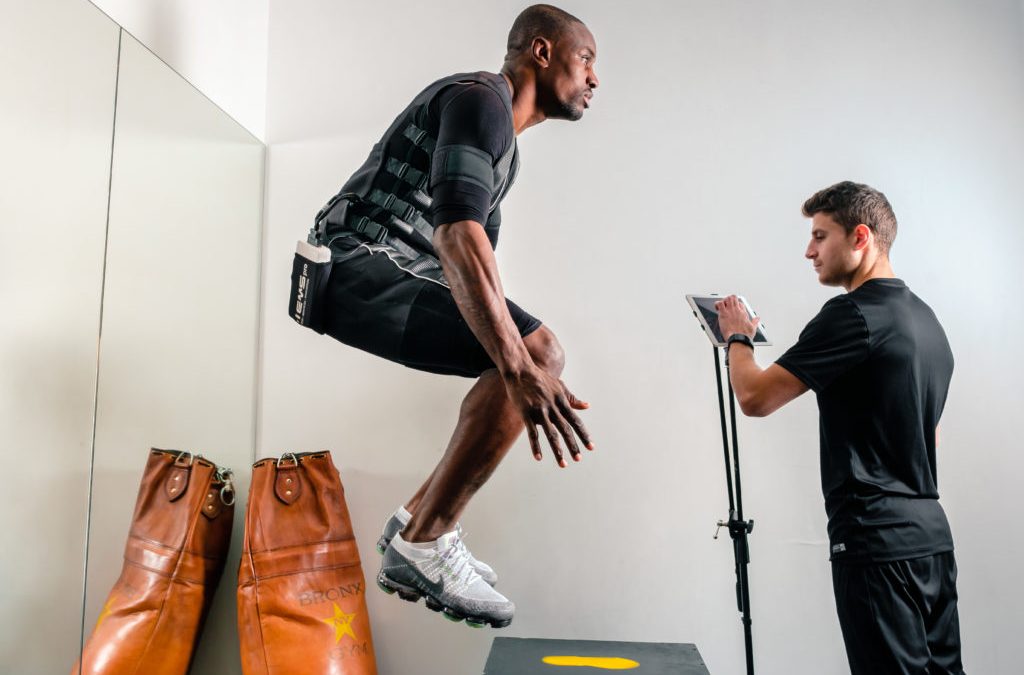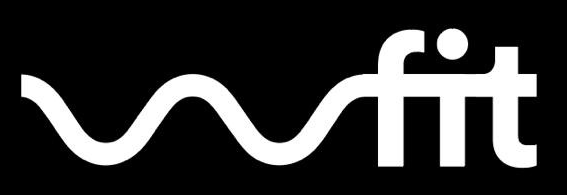THE 5 MOST COMMON MISTAKES IN TRAINING WITH ELECTROSTIMULATION
THE 5 MOST COMMON MISTAKES IN TRAINING WITH ELECTROSTIMULATION

Losing weight is one of the main reasons why people do or think about doing physical exercise, especially the female audience (Sicilia, A. et al, 2014). Of course, they are present the aesthetic reasons, but currently there are also health reasons and quality of life. Although sedentary lifestyle, the fourth risk factor for death, is a epidemic that affects the entire world population (Kohl, H.W. et al, 2012), consciousness Citizen seems to wake up at times. In this way, the practice of physical exercise has evolved from practice through recreation to practice due to health issues (Valcarce, M. & Moya, D. 2016).
EMS knowledge has been evolving over the last few decades. We now understand EMS science much better, backed up by credible research conducted in the last few years. There is a new fitness paradigm emerging with whole body EMS training.
Since this paradigm is just emerging, there is quite a lot of confusion out there. Many trainers and writers still rely on old results with the older tech, while others misapply the results of the latest studies. It may be fair to say that EMS understanding is uneven in the fitness industry, with strong views on both sides.
So how do you know who’s right? And who can you trust when it comes to EMS myths and facts?
Abraham Carle, the Technical Director for Wiemspro, and an accomplished expert in Sports Science and physical activity, shares some truth about the common EMS mistakes.
1-NOT BEING UPDATED ON THE LASTEST EMS KNOWLEDGE
It can be difficult to get clear and well laid out EMS information for training. So its common to find many trainers that use EMS to not have deep understanding of the subject matter.
This results in misapplication and inefficient use of this amazing technology.
We strongly urge trainers to keep up to date on a regular basis: whether through formal education or by sharing experiences and learning from other EMS fitness professionals.
The key is to understand the electrical wave parameters and what effect these have on the body. For example, there should be a clear understanding on the effect of the different frequencies, how they affect the muscle fibres and how to complement this with the appropriate movement. This framework should be developed into a training plan that provides for progressive overload, whether in terms of intensity, duty cycle (period of activation), movement progression or other fitness parameters.
We feel that trainers should also understand how parameters like chronaxie and interference can be made to better benefit the client. However, most trainers have not taught these elements of the electrical wave parameter. Accordingly, they may not be able to maximise the results for their clients.
2-FAILING TO UNDERSTAND THE CLIENT’S NEEDS
In many EMS training centres, potential clients are entitled to a free EMS trial as part of the marketing for EMS. Normally, these sessions are kept short and do not last as long as a full client training program.
Accordingly, to save time, very often the initial interview between the trainer and client is very shortcut. The emphasis is to quickly move to trying on the EMS system. This is a mistake.
The best way to attract a client is by demonstrating your professionalism. This can be done by understanding the person and knowing exactly the best way to help them. The best time to start this relationship of trust is during the initial interview before the first session.
This initial interview is more than just going through a EMS contraindication checklist. Instead its our chance to learn about what the client wants, at what point of his life they are and from them to hear what we can offer them. A good trainer should have an effective script that logically sequences discussion on the objectives and tasks to be done for maximum efficiency and motivation.
With better understanding of the electrical wave parameters, we can then lay down the framework for wave parameters along with the training plan. However, by skipping the initial interview, we may miss out on key information and hence proper EMS planning. Ultimately, this will reduce the results of the program.
3-MAKING EMS AS THE CORE OF THE PROGRAM
The EMS is a fantastic complement to our training plan. However, it is a complement to training. It should not be the core around which the entire program is based.
The correct order we recommend is:
- Set out the objectives to be reached;
- Structure the physical training to reach the objective; and then
- Design the EMS protocol that best complements the above, more effective and efficiently.
We understand that some parties have made EMS the core, and the physical training secondary in their programs. This approach may not optimise the results for the clients, and should only be used when there are clear reasons for it (for example, when physical training is not an option as in the case of injury). For the average client, however, we think that EMS should be seen as a powerful complement to the training program, not the foundation or core of it.
4-GETTING TOO COMFORTABLE IN A SET FITNESS ROUTINE
It is common for trainers to rely on methods that they know, are used to and become comfortable with. That is why, after some time on the job, trainers fall into a form of “standardization” of training. This means, to organize their work more effective or easily, trainer replicate the same training programs and protocols for all people, whatever their needs and stages of development are.
This can be especially true for franchises that have strict rules on how trainings are provided.
They can sometimes focus more on effective centre operations, instead of on individual client requirements. In other cases, its just because centers need to train large groups of new fitness professionals in a simple and fast way. This can result in very basic training programs, which are easily taught and replicated, but in which the variability training may not be available.
In this situation, we tend to lose out on “stimulus variability” and with allowing our client’s to have fun and varied experiences. This lack of stimulus variability and allowing clients to enjoy their workout ultimately affects the effectiveness of program itself.
Clients get bored and have lower motivation. and prevents the achievement of objectives in two ways:
By lowering their motivation, they are less involved in their daily habits, such as diet or daily physical activity.
At an extreme point, they can leave the training program and, therefore, our center.
A good coach sequences the objectives and tasks in a logical order, which allows maximum efficiency and motivation. It is important to change the application paradigm of full-body electrostimulation, sequencing all the parameters of the wave along with our training planning.
5-RELYING ON EMS JUST FOR WEIGHT LOSS (OR AS A SIMPLE “METABOLIC ENHANCER”)
Derived from the ignorance of this technology and the simplification of its application, we find ourselves at a time when most people (clients and professionals) consider full-body electrostimulation as an enhancer of calories consumed.
This simplistic view prevents us from making the most of this technology. It is very common to see its application during training “interválico” type, but rarely we can see it supporting a work of joint mobility, integrating a work of “cardio” during a strength exercise, as a means of muscle activation before making a complex exercise for the client …
In short, we must know and understand the versatility that this tool offers, giving us support in different stages of our annual planning. Full-body electrostimulation is much more than a complement to HIIT, it is a complement to the coach and his work.

